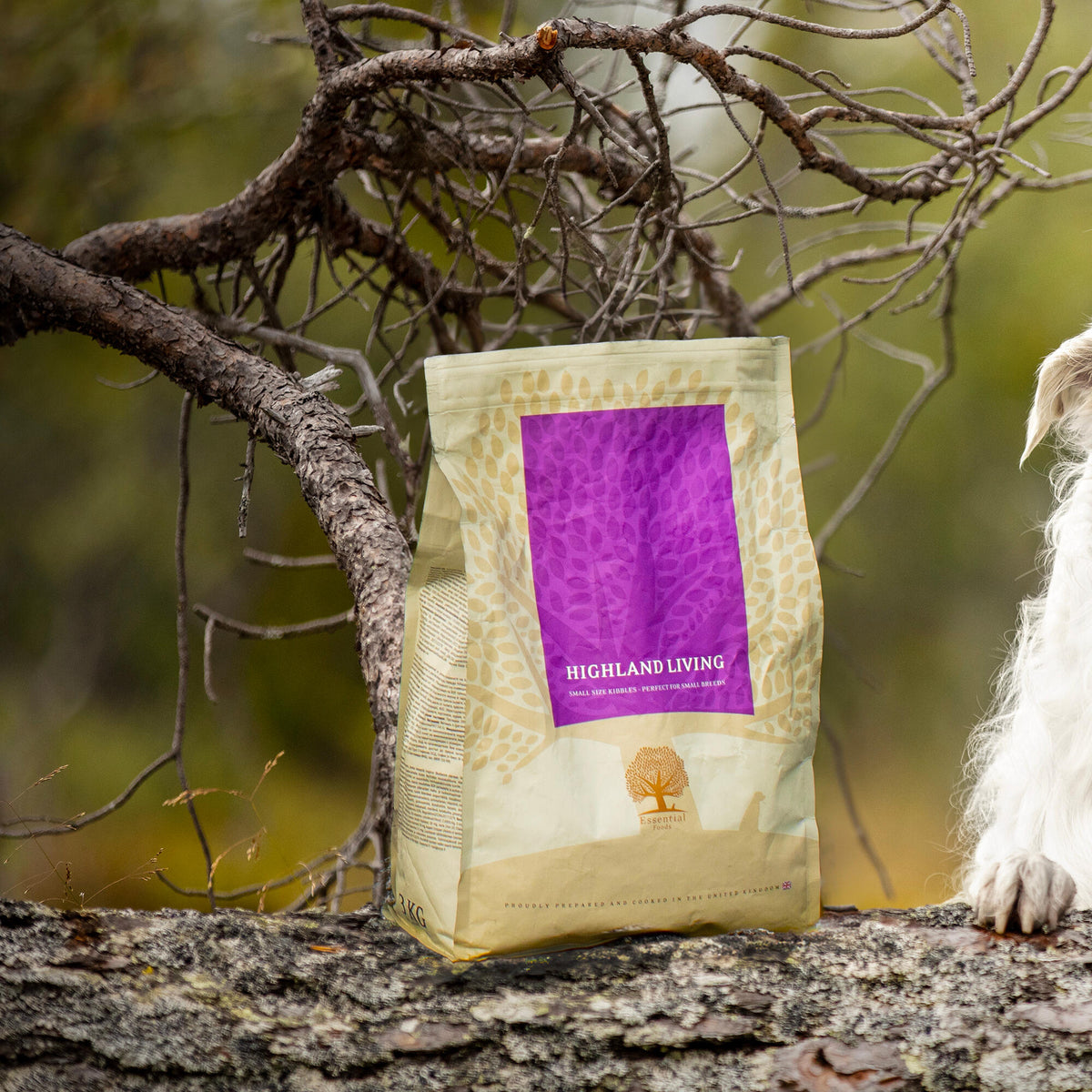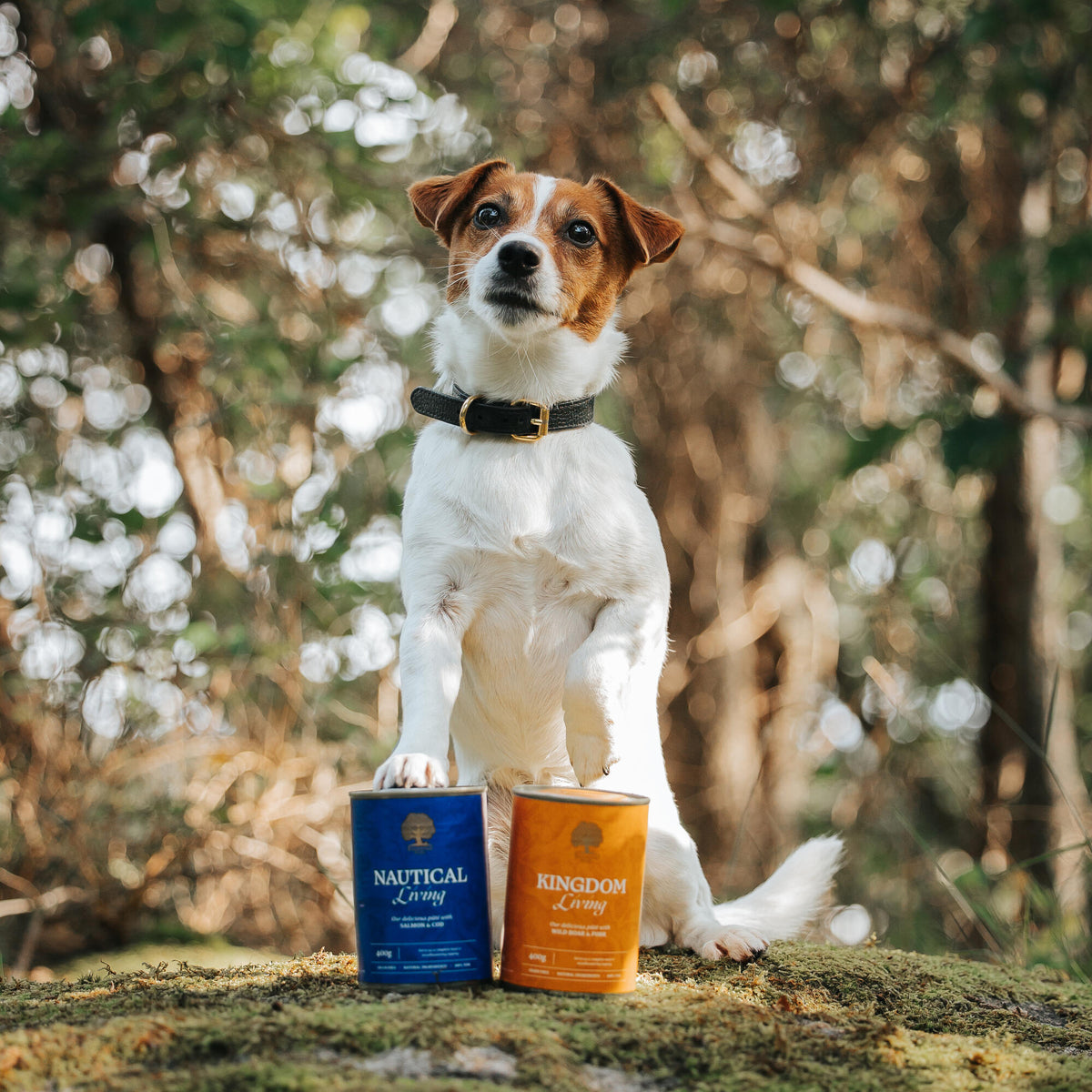Your Cart is Empty

Training a puppy is an exciting journey filled with love, patience, and dedication. In this comprehensive guide, we'll explore the best techniques for training a puppy while incorporating the use of grain-free dog food, natural dog food, and puppy food to ensure their health and well-being. Whether you're a first-time puppy parent or looking to refine your training methods, this guide has everything you need to set you and your furry friend up for success.
Before diving into specific training methods, it's essential to understand the fundamentals of puppy training. Puppies are like sponges, eager to learn and explore their environment. Training provides mental stimulation, builds trust between you and your puppy, and establishes boundaries for desirable behavior.
Creating a conducive environment is crucial for effective puppy training. Here's how to set the stage for success:
Training your puppy to obey basic commands is essential for their safety and well-being. Here are some fundamental commands to teach your puppy:
Once your puppy has mastered basic commands, you can move on to more advanced training techniques to challenge their intellect and improve their obedience.
Training a puppy is not without its challenges, but with patience and consistency, you can overcome them together. Here are some common training challenges and how to address them:
How long does it take to train a puppy? Training a puppy is an ongoing process that requires patience, consistency, and positive reinforcement. While basic commands can be learned in a matter of weeks, more advanced training may take several months to master.
What is the best age to start training a puppy? It's never too early to start training your puppy! Begin as soon as you bring them home, focusing on basic commands and socialization. However, keep training sessions short and age-appropriate to prevent frustration and overwhelm.
Can you train a puppy with natural dog treats? Yes, you can absolutely train a puppy using natural and grain-free dog treats. In fact, providing your puppy with a high-quality diet that includes essential nutrients and protein-rich ingredients can support their overall health and well-being, making training more effective.
How do you address puppy chewing behavior? To address puppy chewing behavior, provide plenty of appropriate chew toys, supervise your puppy closely, and redirect their chewing to acceptable items. Avoid punishing or scolding your puppy, as this can lead to confusion and anxiety.
Is it necessary to crate train a puppy? While crate training is not strictly necessary, it can be a valuable tool for managing your puppy's behavior and providing them with a safe and comfortable space of their own. When done correctly, crate training can help with potty training, prevent destructive behavior, and reduce anxiety.
How do you train a puppy to walk on a leash? To train a puppy to walk on a leash, start by introducing them to their leash and collar gradually. Use positive reinforcement and treats to reward them for walking calmly on the leash, and practice short walks indoors before gradually transitioning to outdoor walks.
Training a puppy is a rewarding journey that strengthens the bond between you and your furry friend. By incorporating positive reinforcement, consistency, and patience, you can teach your puppy essential commands and behaviors while providing them with a loving and nurturing environment. Remember to prioritize their health and well-being by feeding them grain-free dog food, natural dog food, and puppy food such as Essential foods that contain quality ingredients, high meat content, and optimal nutrition. With dedication and commitment, you can raise a well-behaved and happy puppy who brings joy to your life every day.


